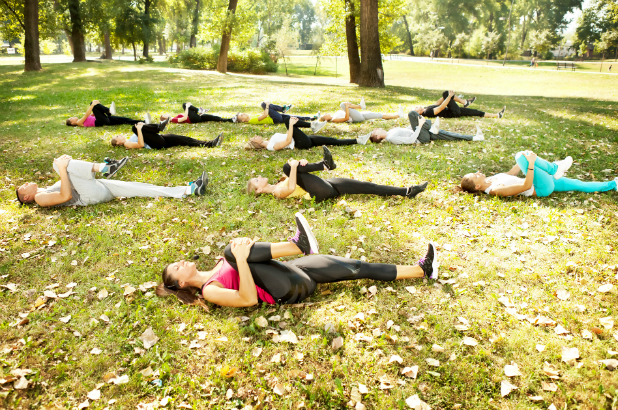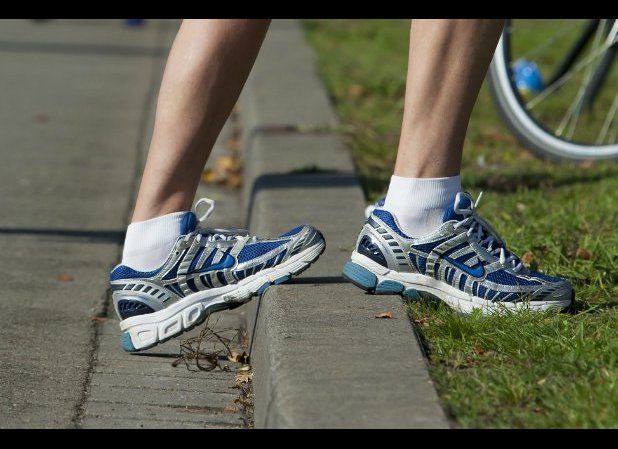 There's no arguing that bad habits are hard to break. That seems to be the case when it comes to static stretching. For decades we've learned that standing around yanking on our arms and legs to "stretch" is the best way to prepare for athletic competition. From elementary school gym classes to professional warm-ups, static stretching ruled (Credit: Shutterstock).
There's no arguing that bad habits are hard to break. That seems to be the case when it comes to static stretching. For decades we've learned that standing around yanking on our arms and legs to "stretch" is the best way to prepare for athletic competition. From elementary school gym classes to professional warm-ups, static stretching ruled (Credit: Shutterstock).
Then came a whole slew of research that suggested this kind of stretching might actually be hurting performance more than helping it. Furthermore, the experts have begun to favor more dynamic routines that involve active movements, also known as plyometrics, rather than stationary holds. For instance, one study published in the Journal of Strength and Conditioning showed that dynamic stretching prior to a workout enhanced performance well beyond static stretching. Another study that looked at Division I wrestlers showed that just a month-long dynamic stretching routine elicited jumps in everything from strength, to power, to muscular endurance.
Janet Hamilton, a Registered Clinical Exercise Physiologist and head coach for Running Strong in Atlanta, says that there is a time and a place for both dynamic and static stretching. "Low level plyometrics, like skipping, side shuffling, high knees, and butt kicks can be used as a dynamic warm-up prior to workouts, and in that mode they act as a dynamic flexibility drill as well as a neuromotor wake-up drill to prepare the athlete for the activity that is to come," she explains.
Indeed, while static stretching may hinder performance when done prior to a workout, it is still useful post-exercise. Dynamic stretching or plyometrics, however, are well suited for warm-up routines. "Running is somewhat plyometric in nature--you leap into the air and then land on one foot and immediately leap another step," says Hamilton. "Including some plyometric activities in a training plan can help to stimulate muscle fibers to adapt and get stronger, hence improving your ability to produce force."
Consider the following static stretches you should avoid pre-workout and their dynamic counterparts that stretch some of the same muscles in a more effective manner. Locate 15-30 meters of ground to complete these stretches 2-3 times each week.
- Mackenzie Lobby, The Active Times
More from The Daily Meal:
3 Best Core Exercises for Runners
10 Best Energy Bars
Top Running Shoes for 2013
High-Fashion Active Wear
